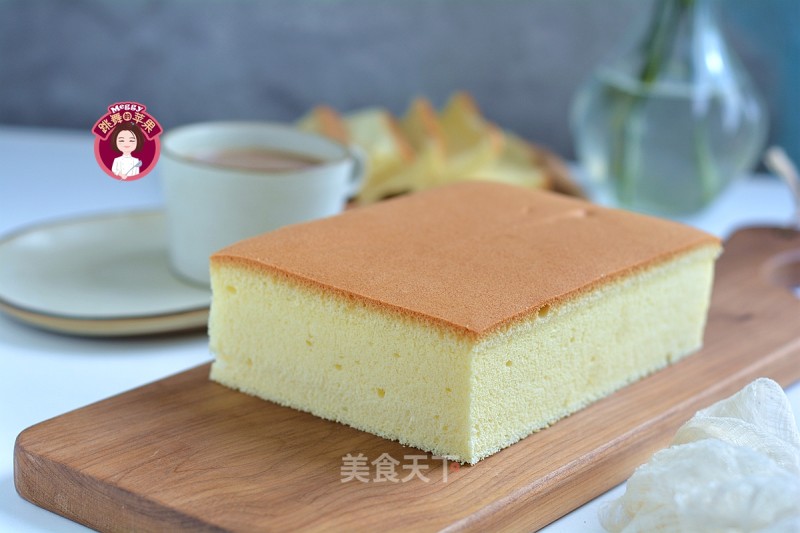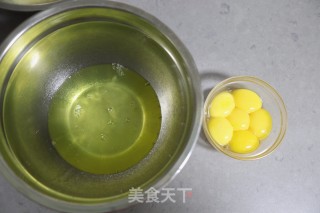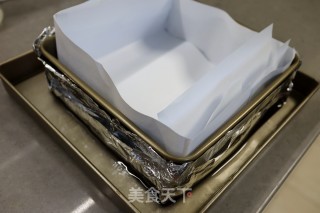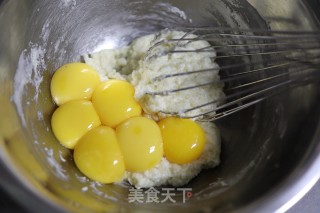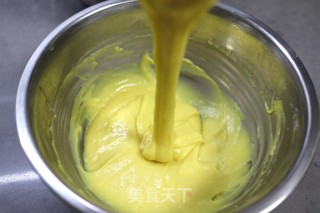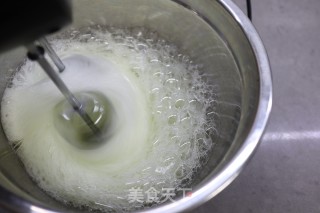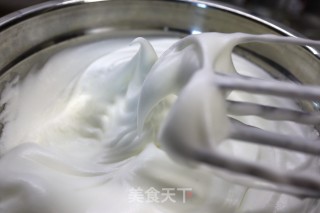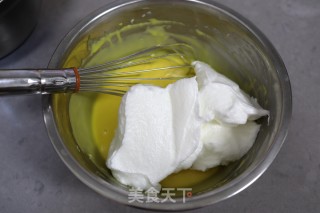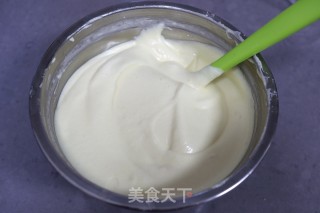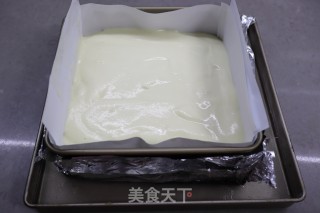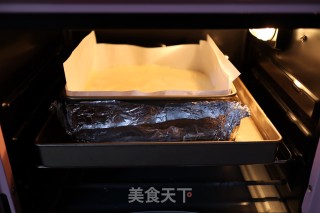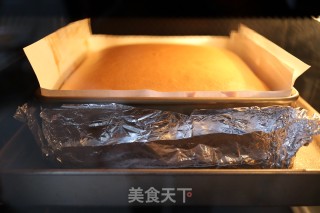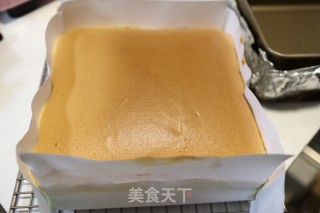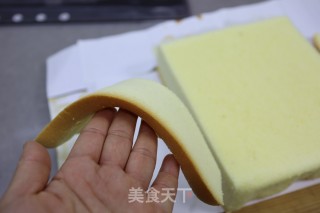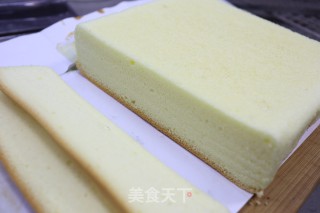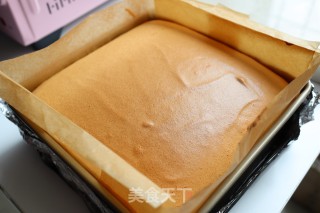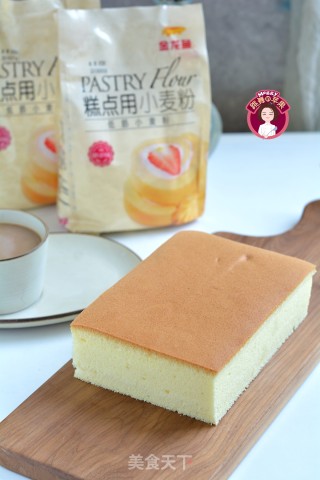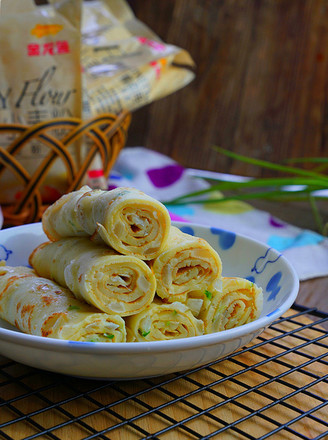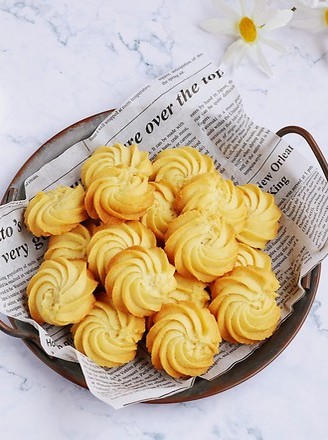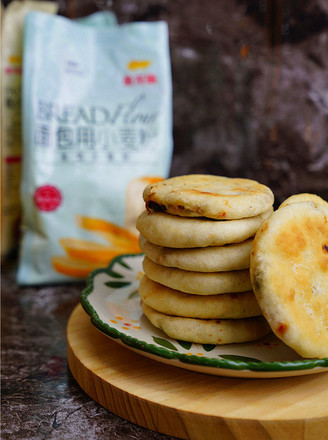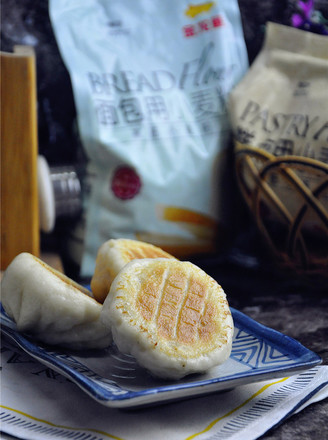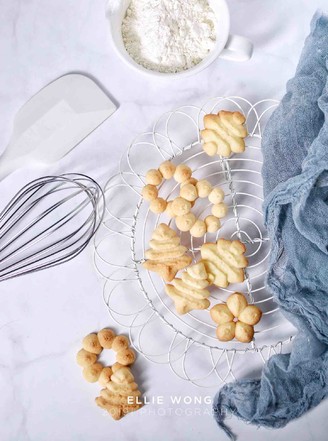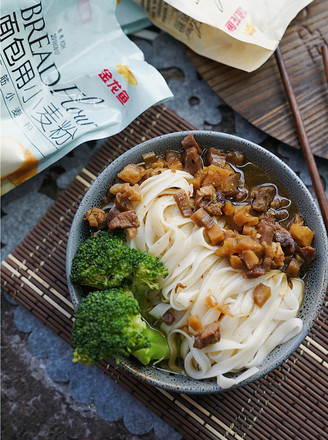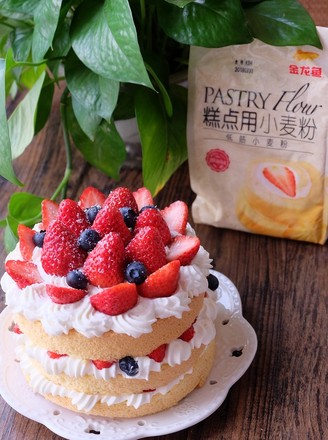Old-fashioned Cake
1.
All the ingredients are ready: low-gluten flour should be used for the cake; corn oil can be replaced by soybean oil and salad oil with no obvious smell; milk can be replaced by other liquids such as water, juice, etc., but the mellow and meaning of the ancient cake is lost Therefore, it is recommended to use milk; fine granulated sugar can be replaced with soft white sugar, and salt can stabilize the protein paste and bring out the sweetness;

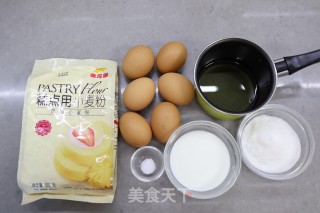
2.
First heat the corn oil and use the minimum firepower. If there is a thermometer, it is the most intuitive, and it can be heated to 80-100 degrees. If there is no thermometer to observe the bottom of the pot, there will be some ripples when the oil starts to roll up. The sooner the temperature is close to 100 degrees, leave the fire immediately; do not wait for smoke, the temperature is at least 300 degrees at that time; when the oil is heated, weigh the low-gluten flour through a sieve; heat the oil evenly Splash the ground on the flour, and you can see the oil bubbling all at once; use a manual whisk to quickly mix the flour and hot oil evenly into a paste; set aside to cool for later use;
3.
The flour needs to be further matured. While waiting for the batter to cool down, do two things: first separate the egg yolk and egg white, and put the egg white into an oil-free and water-free egg beater;
4.
Cut and fold the baking paper according to the internal dimensions of the 8-inch square cake mold, the paper is about 3 cm higher than the mold; 1-2 layers of tin foil outside the mold, be sure to wrap it tightly, and prepare a larger baking tray that can hold water 1 -2 cm high is fine;
5.
At this time the batter is cold, pour the milk into the batter and stir evenly in irregular directions;
6.
Pour all the egg yolks into the batter, use a manual whisk to break the egg yolks, and mix the egg yolks with the batter in irregular directions;
7.
The batter was still lumpy at the beginning, and after fusion, it became a very delicate and smooth egg yolk batter; when you lift the whisk, the batter can hang in the network, but it can drop down smoothly, quickly and continuously; more about this step Because many ancient recipes are different, the state of the batter at this step is different. Some batters have more oil and milk but less flour, so the egg yolk batter is very thin and flows like thick porridge soup. Down, it's all possible;
8.
Now start to preheat the oven, heat up to 140 degrees, and down to 160 degrees; then to beat the egg whites, first use an electric whisk to make a large bubble at a medium speed. The egg white is not flowing, pour in 1/3 of the fine sugar, and continue to beat at a medium speed; The granulated sugar is put in 3 stages, namely when thick foaming, fine white foaming, and fine foaming with lines are formed;
9.
After adding sugar for the third time, beat at medium speed for 1 minute, and then turn to low speed. When you feel that there is a certain resistance on the egg beater, and when the egg white paste appears obvious lines, delicate and shiny, turn off the beater and lift the egg beater. The paste is a large hook-shaped wet foam, and the egg white is over;
10.
Take 1/3 of the egg white paste into the egg yolk paste, and use a manual whisk to stir evenly in irregular directions;
11.
Pour the mixed batter back into the meringue bowl;
12.
Stir up and down with a spatula or cut and mix evenly. Never stir in circular motions to prevent defoaming; a delicate and shiny cake batter will be fine;
13.
Pour the cake batter into an 8-inch square cake mold with baking paper, lift the mold and shake it a few times to make the surface flat; pour cold water into the outer baking tray, the height is about 2 cm;
14.
Put it into the middle layer of the preheated oven, heat up to 140 degrees, lower the heat to 160 degrees, 75 minutes; the temperature and time are adjusted according to the actual situation of your own oven, or the temperature can be high and then low. Do not open the oven door in the middle to prevent The heat gushes out and the cake collapses;
15.
See how the cake bulges in about 30 minutes. It is so full that people want to eat a bite now;
16.
Carry the baking paper and put it on the drying rack after it is out of the oven. When it cools, gently tear off the paper and cut into pieces for consumption;
17.
Cut into one piece, neatly, very soft and constant;
18.
1 The internal organization is also very delicate, moist and not collapsed;
19.
This is another one. The previous one is made of rough paper, and this one is made of smooth oiled paper. Through comparison, it is found that the rise of the cake is not related to the paper. The most direct relationship is baking. The time and temperature and the degree of coordination with the oven.
20.
Old-fashioned cake, soft and delicate.
Tips:
1. The old-fashioned cake does not need to be inverted after it is out of the oven, just carry the baking paper and transfer it to the drying rack to cool; it can be kept in a bag to keep the humidity and softness.
1. The baking time and temperature are adjusted according to your own oven and the thinness of the batter.

